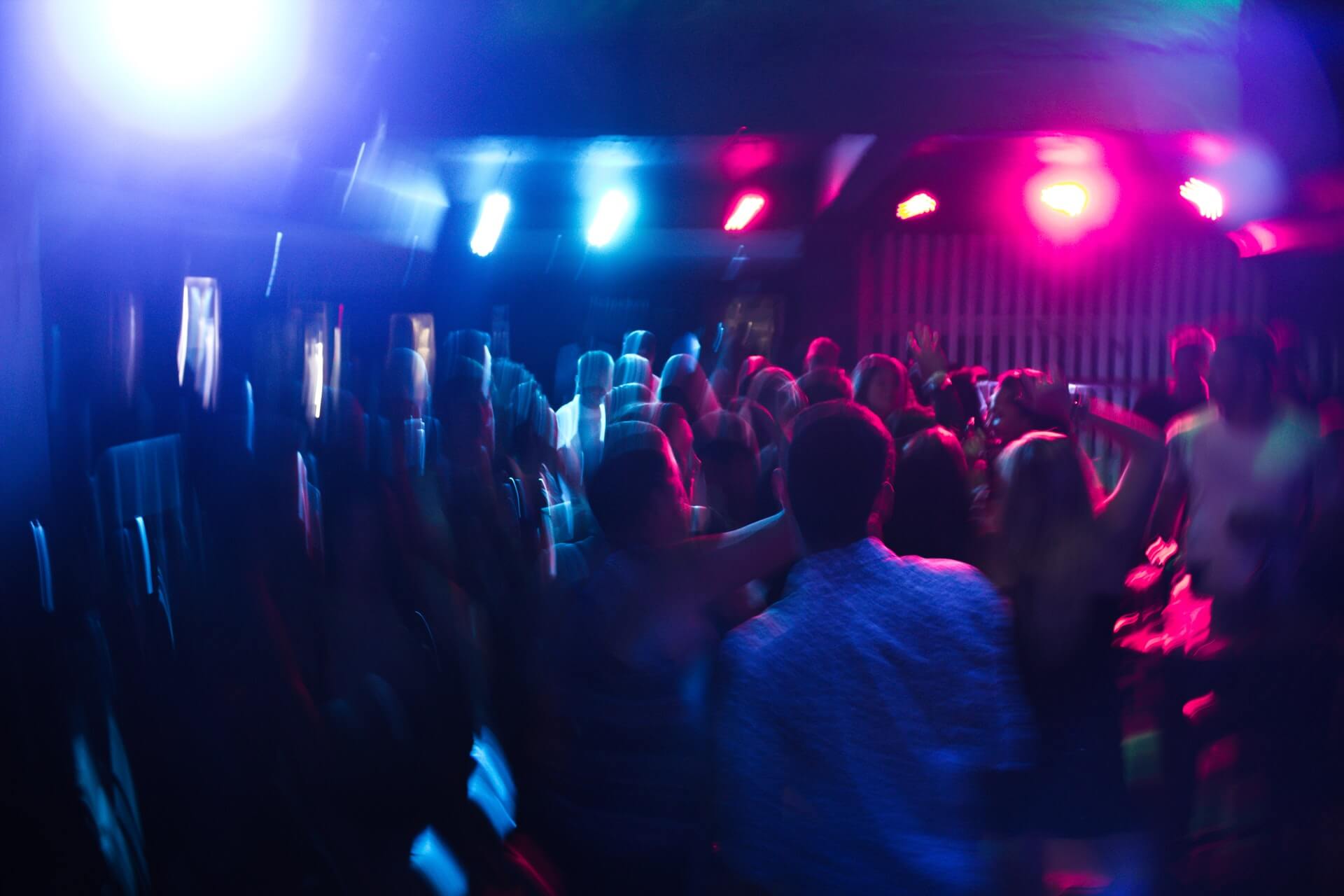Designing with Anxiety in Mind
by David Klemt

Interior design has the power to remove a person’s anxiety, improving the guest experience by making them feel more comfortable.
Lionel Ohayon, founder and CEO of ICRAVE, addressed design and anxiety at HD Expo 2022 in Las Vegas. While anxiety wasn’t the entire focus of this intimate discussion, what Ohayon had to say was powerful.
When some operators consider their space, they probably aren’t thinking about guest anxiety. Ohayon, who designs with compassion and empathy in mind, believes designers can address anxiety through the design process.
Why the respected designer think designers can accomplish this feat? He does it himself.
Innovative Design
For the benefit of those unfamiliar with Ohayon and ICRAVE, some background.
Specializing in interiors and lighting, ICRAVE is an award-winning design firm. Founded by Ohayon, the firm’s approach to design includes a focus on the experiential and the client’s brand strategy.
One may assume that ICRAVE works solely in the hospitality space. To that point, the firm’s portfolio includes some of the world’s most impressive restaurants, bars, lounges, nightclubs, hotels, and spas.
However, the company is well known for work in the healthcare, wellness, entertainment, residential, workplace, mixed-use, and airport spaces.
After two decades, ICRAVE has honed their vision, approach, and strategy. A key pillar is “experience design.” In fact, the firm believes that “the experience is the brand.”
It would be impossible to live and deliver on that core tenet without understanding a client’s business. For ICRAVE, the final product must engage all those who use the space they’ve designed and their client is operating.
Reducing Anxiety
Consider this scenario. It’s not one that we’ve all found ourselves in. However, it is a situation that those who experience anxiety live with every day.
Let’s say someone has agreed to meet friends at a nightclub. They’re not meeting somewhere outside of the club so they can enter as a group.
This person arrives, enters, and is seeking out their friends. Unfortunately for them and their anxiety, they’re the first to get there. Anxiety (and even panic) sets in. Now, the last place this guest wants to be is in this nightclub.
Obviously, this is a terrible guest experience. And now this guest may associate the venue, fairly or not, with feelings of anxiety. They may never want to return.
Throughout Ohayon’s career, he has designed for this exact situation. During his HD Expo session—which was much more an intimate conversation inside the DesignWell Pavilion—Ohayon explained that he has incorporated “perches” in a number of his designs.
A perch, in this context, is a space a person can access that makes them feel comfortable while they wait for others in their party to arrive. The way I understand it, a perch is like a “hideaway,” a space someone feeling anxiety in public can use so they don’t feel like everyone’s eyes—and judgment—are upon them.
Designing and planning for longevity requires designers and their clients to think differently. Health and wellness must be more than buzzwords—they must be authentic to a brand.
Anything less is disingenuous. Today’s consumer is perceptive when it comes to sensing the inauthentic, and they don’t like it.
Takeaway
Now, some operators may feel as though addressing a guest’s anxiety isn’t their problem. And we’re not always sensitive to the fact that someone is feeling anxious.
Some people may even feel defensive about their venue right now. Their space, they may be thinking, isn’t causing anyone anxiety.
At risk of putting too fine a point on it or stating the obvious, a key element of hospitality is guest comfort. If a guest’s comfort and sense of safety isn’t important to someone, they really shouldn’t be in hospitality.
To clarify, Ohayon’s comments on anxiety are first and foremost for designers. He wants designers to consider how they can incorporate elements that may help reduce a person’s anxiety.
On the client side, though, an operator can and should ask about such elements during the design process of their space. There’s no reason to be defensive—this is about mindfulness, wellness, and compassion.
Removing anxiety through design pays off during day-to-day operations. If a space can reduce a guest’s anxiety, that guest can be present and engaged. That engagement leads to a positive, memorable experience. And that type of experience evolves into repeat visits from loyal guests.
Image: Maurício Mascaro
